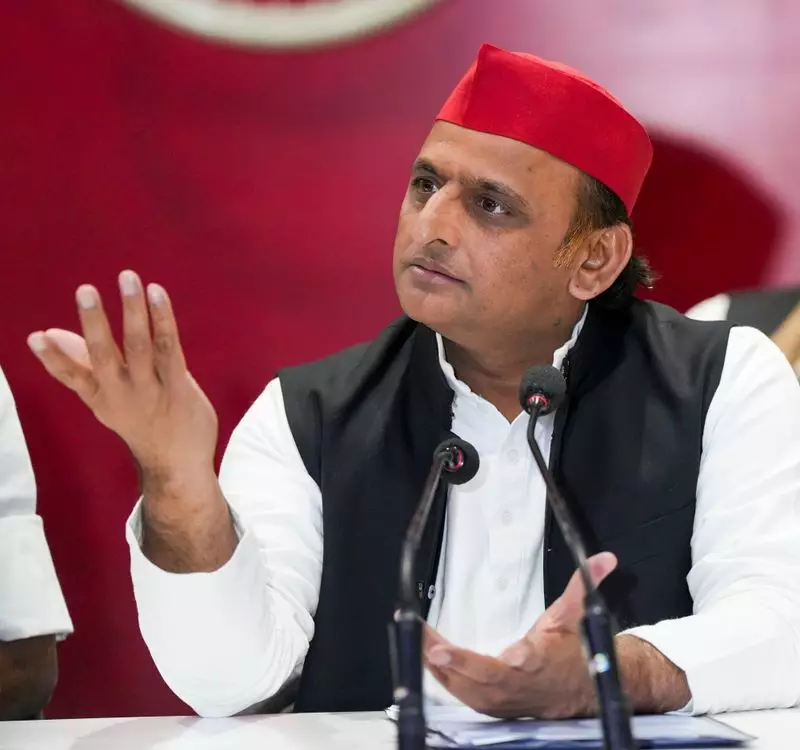
In a shocking incident that exposes the grim reality of rural healthcare infrastructure, a pregnant woman in Uttar Pradesh was forced to travel to a hospital using a bullock cart, highlighting what opposition leaders are calling a complete breakdown of emergency medical services.
The distressing scene unfolded when the expectant mother needed urgent medical attention but found herself without access to proper ambulance services. With no other options available, family members and locals arranged a bullock cart to transport her to the nearest healthcare facility, turning what should have been a routine medical transfer into a symbol of systemic failure.
Political Firestorm Erupts
Samajwadi Party chief Akhilesh Yadav seized upon the incident to launch a scathing attack on the ruling Bharatiya Janata Party government. "Ambulances have turned into 'bull-ance' under the current administration," Yadav declared, using wordplay to emphasize his criticism of the state's healthcare system.
The opposition leader accused the government of neglecting rural healthcare infrastructure and failing to provide basic emergency services to citizens. His comments have ignited a political debate about the allocation of resources and the implementation of healthcare schemes in the state.
Broader Implications for Rural Healthcare
This incident raises serious questions about:
- The availability of emergency medical transport in remote areas
- The implementation of government healthcare schemes at grassroots level
- The disparity between urban and rural medical facilities
- The effectiveness of ambulance services in emergency situations
Healthcare activists point out that such incidents are not isolated and reflect deeper systemic issues in India's public health infrastructure, particularly in rural regions where access to basic medical facilities remains challenging.
Public Outrage and Response
The bullock cart transportation of a pregnant woman has sparked widespread outrage on social media and among local communities. Many are questioning the reality of "Digital India" and development claims when basic healthcare accessibility remains elusive for millions.
As the story gains national attention, pressure mounts on state authorities to address the gaps in emergency medical services and ensure that such incidents don't repeat in the future.





